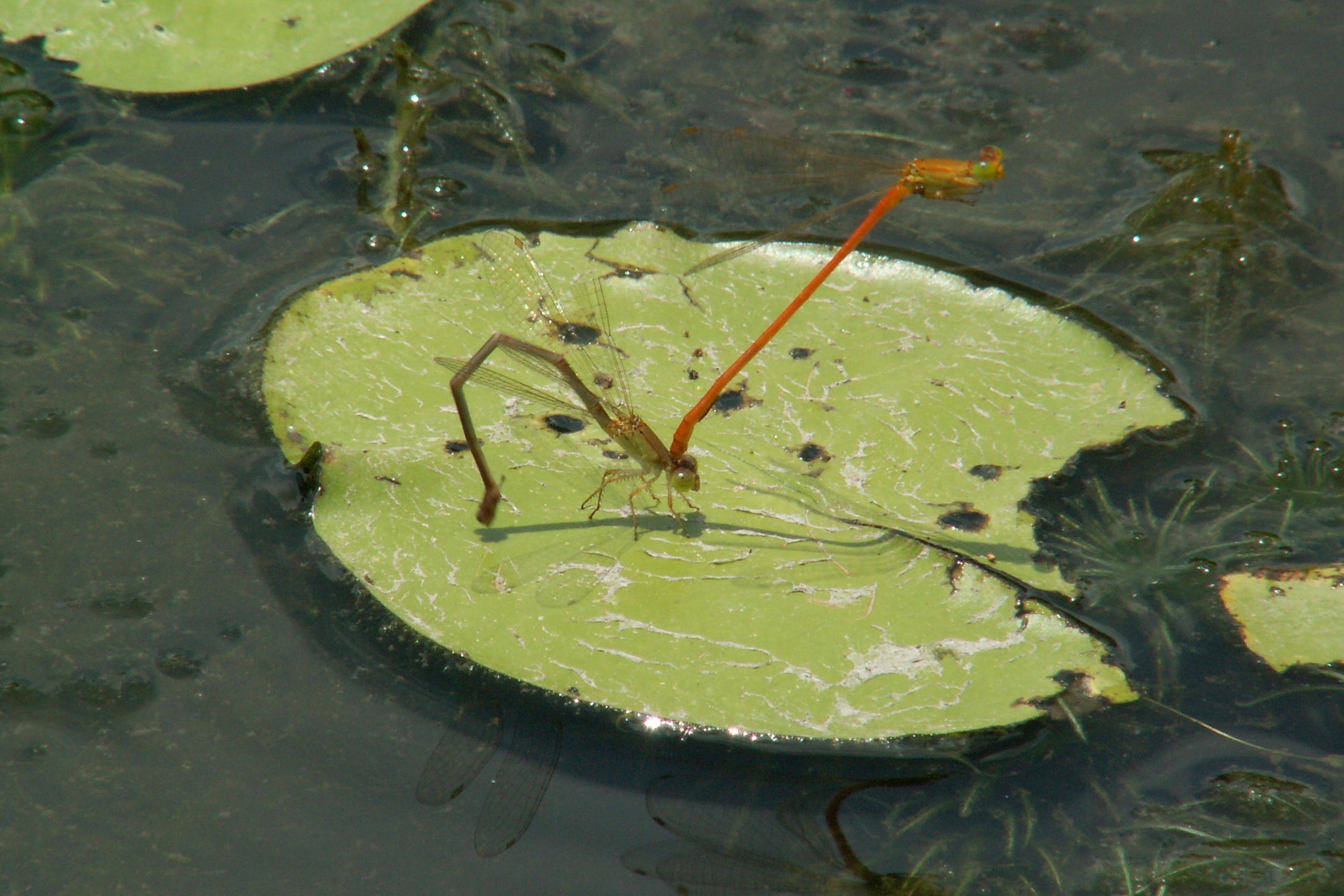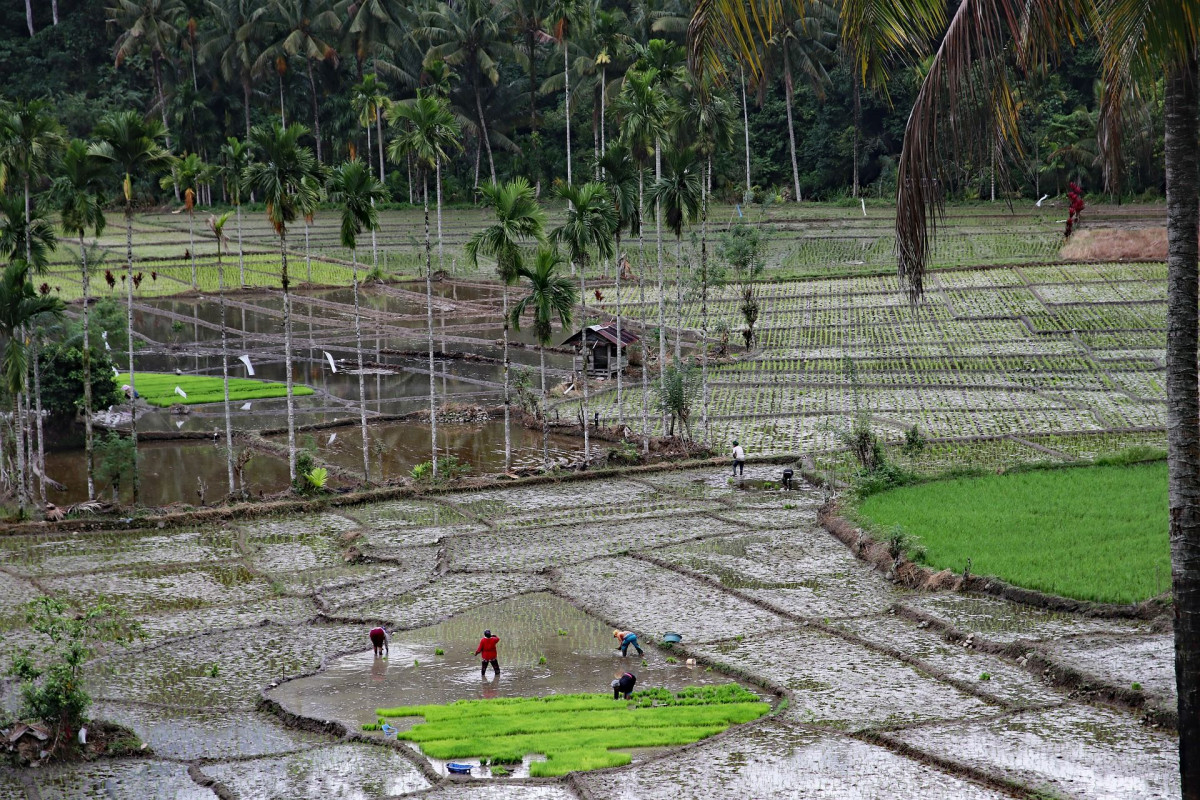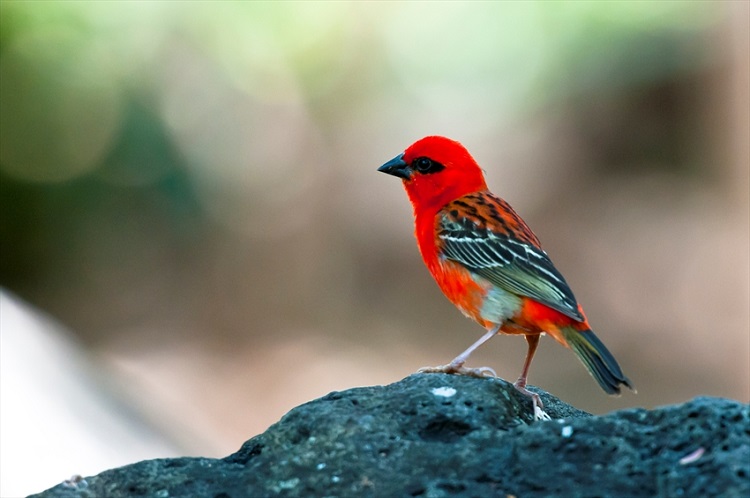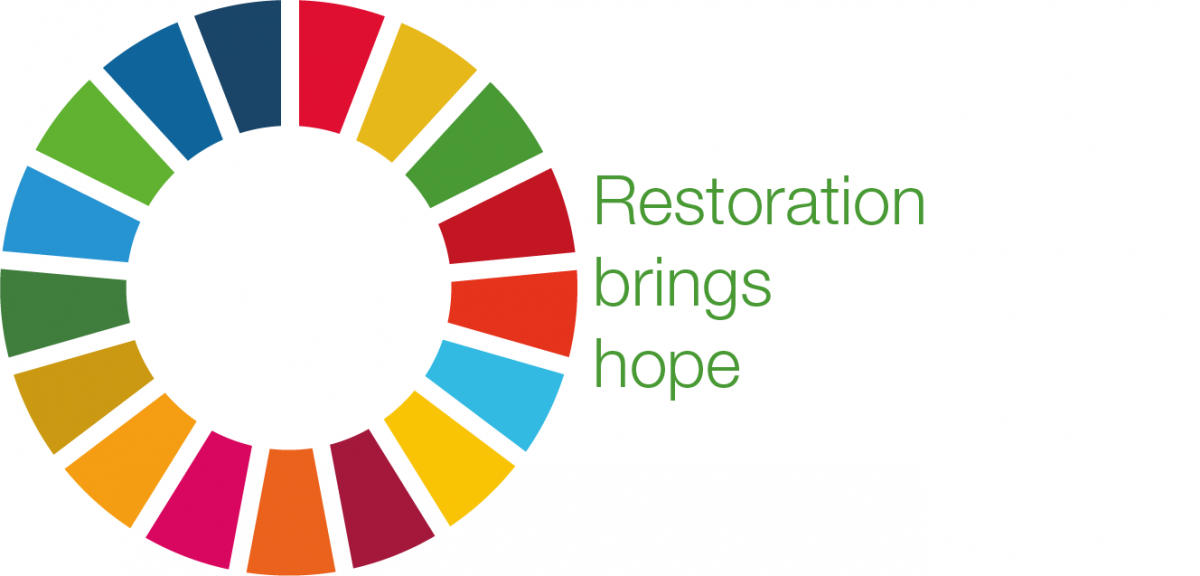Full worth of wetlands can now be revealed
A new way to assess the real worth of wetlands has been released today by IUCN. It is now possible to measure the economic value of a wetland at the same time as assessing species that live there and the importance of a wetland for people’s livelihoods.

Photo: David Allen
The new guide, An Integrated Wetland Assessment Toolkit, is designed for development agencies, industries and governments to make sure they properly assess what they will lose if they drain a wetland for development.
“Decisions on the fate of a wetland are too often made without adequate information on the full value provided by a fully functioning wetland ecosystem,” says IUCN’s William Darwall, co-author of the report. “This toolkit presents an approach which we hope will help level the playing field when these decisions are made.”
For billions of people throughout the world, especially the poorest, wetlands are critical for livelihoods, providing vital supplies of food, water and materials. They also provide many ecological services, such as water purification and flood mitigation. The services provided globally by wetlands have been valued at fifteen trillion US dollars.
“Most wetland assessments concentrate on the conservation values, livelihood values or economic values,” says IUCN’s David Allen, co-author of the report. “It’s very rare that all three approaches are combined to give the full value of a wetland, but with this toolkit we now have that facility.”
According to the Millennium Ecosystem Assessment, some parts of the world have already lost more than 50 percent of their wetlands, while in others, especially in the developing world, wetlands are being degraded or are under increasing threat. This is in large part due to development actions failing to account for the direct and indirect values of wetlands both to people and the biodiversity they support.
“We need to close the divide in thinking between the social sciences and natural sciences if we are to succeed in conservation of wetlands for both people and wetland species,” says Oliver Springate-Baginski, co-author of the report.
Early results from a global assessment of freshwater species for the IUCN Red List of Threatened Species™ show that some, such as fish and molluscs, which are critically important to local communities for food and income security, are threatened by water pollution, water extraction, and loss of wetland habitats.
To read the new toolkit, please visit: https://www.iucn.org/downloads/iwa_toolkit_lowres.pdf
For further information or to set up interviews, please contact:
• Lynne Labanne, Communications Officer, IUCN Species Programme, t +41 22 999 0153, m +41 79 527 7221, e lynne.labanne@iucn.org
Notes to editors
• An Integrated Wetland Assessment: a guide to good practice is the result of a three-year project funded by the Darwin Initiative of the UK government, with project partners from the UK (the overseas Development Group, of the University of East Anglia) and IUCN offices in Tanzania and Cambodia.
• Developed through case studies in Cambodia and Tanzania, the Toolkit presents a process for integrated wetland assessment, bridging for the first time the disciplinary divides between the development, economic and conservation sectors.
• The toolkit provides a set of practical and policy-relevant methods for information collection which can be used by those involved in wetland conservation and development planning. It is expected to be of use to wetland site managers, environmental impact assessors, conservation and development planners, and researchers from both natural and social science disciplines.
About IUCN
IUCN, International Union for Conservation of Nature, helps the world find pragmatic solutions to our most pressing environment and development challenges.
IUCN works on biodiversity, climate change, energy, human livelihoods and greening the world economy by supporting scientific research, managing field projects all over the world, and bringing governments, NGOs, the UN and companies together to develop policy, laws and best practice.
IUCN is the world’s oldest and largest global environmental organization, with more than 1,000 government and NGO members and almost 11,000 volunteer experts in some 160 countries. IUCN’s work is supported by over 1,000 staff in 60 offices and hundreds of partners in public, NGO and private sectors around the world.
About the Darwin Initiative
The Darwin Initiative assists countries that are rich in biodiversity but poor in financial resources to meet their objectives under one or more of the three major biodiversity Conventions: the Convention on Biological Diversity (CBD); the Convention on International Trade in Endangered Species of Wild Flora and Fauna (CITES); and the Convention on the Conservation of Migratory Species of Wild Animals (CMS), through the funding of collaborative projects which draw on UK biodiversity expertise. The Darwin
http://darwin.defra.gov.uk/about/
About the Overseas Development Group
The Overseas Development Group is a charitable company wholly owned by the University of East Anglia (UEA). The Group manages the research, training and consultancy activities undertaken by the faculty members of the University's School of Development Studies (DEV), one of the UK's leading teaching and research institutions in development studies.
The Group also works extensively with research associates, consultants, other UEA schools and departments (e.g. economic and social studies, health, environment, education) and many external professional organisations.



